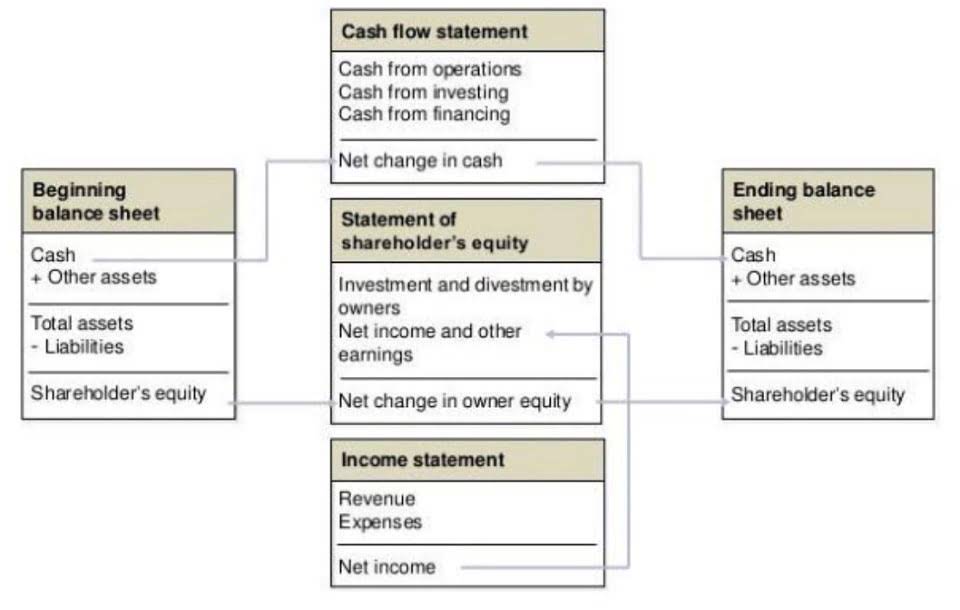Monitoring metrics like churn rate helps businesses adjust and maintain health. Revenue recognition issues consistently rank among the top reasons for financial restatements, and nothing erodes investor confidence quite like restated financials. Even isolated errors can trigger comprehensive regulatory reviews that expose broader financial control weaknesses. Let’s explore the ins and outs of deferred revenue below, categorizing what exactly it is, how it works, and why it’s important.
What is the difference between deferred revenue and unearned revenue?
While funds are technically there, they cannot be designated unconstrained because they are tied to future obligations. If businesses don’t carefully balance the impact of unearned revenue on working capital, they risk liquidity challenges. For many businesses that rely on consistent cash flow to run their day-to-day operations, unearned revenue acts as a financial buffer.
- It records it as deferred revenue first, and only records $10,000 in revenue after the entire retainer fee has been earned.
- Then, as you earn revenue over time, you will debit the deferred revenue account and credit the revenue account.
- As a consequence, the client is owed what was purchased by the business, and payment can be returned before delivery.
- As the business fulfills its obligations, the unearned revenue is gradually recognized as earned revenue on the income statement.
Deferred revenue journal entry example 4: Advance payment of goods
Modern accounting standards like ASC 606 (U.S. https://www.bookstime.com/ GAAP) and International Financial Reporting Standards 15 reinforce this principle. These require businesses to record upfront payments as contract liabilities. Companies gradually convert these liabilities into recognized revenue as they complete their promised customer obligations.
Income Statement
Unearned revenue, also known as deferred revenue, refers to payments received by a business for goods or services that have not yet been delivered or performed. Compliance with these standards ensures transparency and accuracy in financial reporting, which is vital what are retained earnings for stakeholders, including investors, regulators, and customers. Misreporting unearned revenue can lead to significant legal and financial repercussions, including fines and loss of investor trust.
GAAP vs. Non-GAAP: Everything You Need to Know
- This means that even though the business has collected the money, it cannot treat it as income until the service or product is provided.
- It will realize such revenue only after the goods and services are provided to the customers.
- The timing of customers’ payments can be volatile and unpredictable, so it makes sense to ignore the timing of the cash payment and recognize revenue when it is earned.
- Although the company receives payment, its obligation to deliver future goods or services justifies classifying it as a liability.
Chartered accountant Michael Brown is the founder and CEO of Double Entry Bookkeeping. He has worked as an accountant and consultant for more than 25 years and has built financial models for all types of industries. He has been the CFO or controller of both small and medium sized companies and has run small businesses deferred revenue normal balance of his own. He has been a manager and an auditor with Deloitte, a big 4 accountancy firm, and holds a degree from Loughborough University. When an account has a balance that is opposite the expected normal balance of that account, the account is said to have an abnormal balance.
- Smart CFOs recognize that declining deferrals signal potential challenges months before they impact the P&L, creating opportunities for course corrections rather than reactive explanations.
- The penalties for removing unearned cash from an IOLTA account can be harsh—sometimes even leading to disbarment.
- A substantial deferred revenue balance indicates strong future earnings but also shows the obligations still awaiting fulfillment.
- For businesses, this process not only helps in compliance but also provides insights into future revenue streams, giving stakeholders a clearer picture of financial health.
- Companies selling subscriptions, insurance, or items with down payments are all examples of businesses that may record deferred revenue.
- Deferred revenue represents payments you’ve collected from customers before you’ve delivered the goods or services they’ve purchased.





